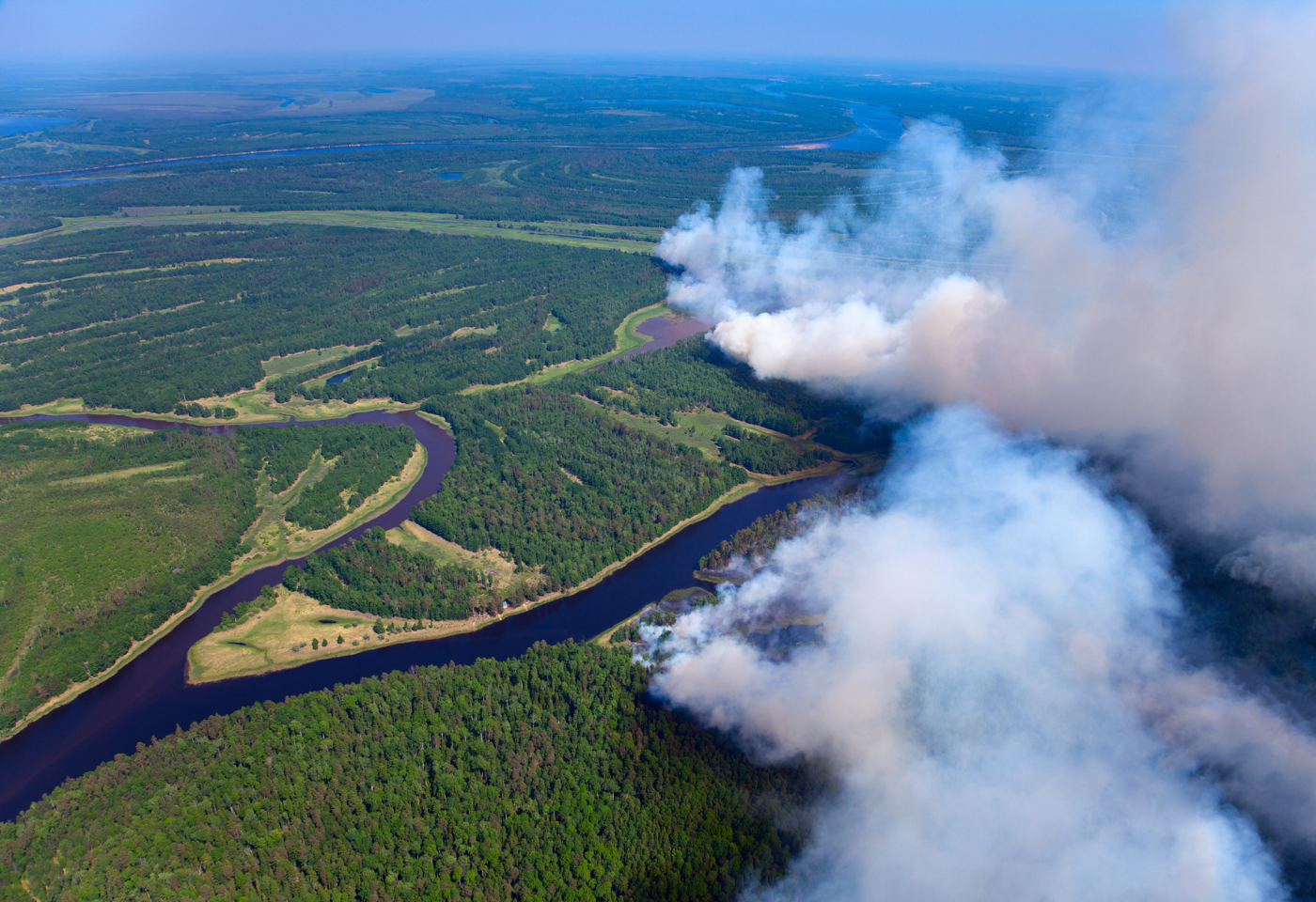
In the News
News Media Squeamish When Reporting on Child Sexual Abuse, Says BMSG
-
Expertise
Media Advocacy & Communications -
Programs
Berkeley Media Studies Group
When I wrote last week on the language used in describing the sexual assault of children, little did I realize that scientists just published a study on this very issue.
Interested readers might turn to Case by Case: News Coverage of Child Sexual Abuse, 2007-2009, which was published this summer by the Berkeley Media Studies Group, a California non-profit dedicated to researching media coverage of health issues. In a nicely presented, highly readable study of a random sample of 348 newspaper stories reporting on sexual abuse of children from 2007 through 2009, the authors found that the normally hardened news media is squeamish when it comes to this subject. Reporters and editors avoid it, except when a case hits the justice system. They also tip-toe by using ambiguous words such as molesting, abuse, sexually assaulted, lewd and lascivious acts, sexual acts and inappropriate sexual behavior—all with a child. Rarely do they say rape.
NPR was not included in the study, but its coverage of child sexual abuse is often similarly ambiguous.
The Berkeley authors departed from their objective science to recommend a way to mobilize the public to confront the problem: education and prevention programs.
Originally published by NPR
More Updates


PHI’s Population Health Innovation Lab Joins $22M Five-Year Initiative with Merck Foundation to Improve Cardiovascular Care

Call for Speakers: 2026 Americans with Disabilities Act Virtual Conference

“Federal Food Assistance Programs Sustain Families” Statement from the Public Health Institute on SNAP Funding
Work With Us
You change the world. We do the rest. Explore fiscal sponsorship at PHI.
Support Us
Together, we can accelerate our response to public health’s most critical issues.
Find Employment
Begin your career at the Public Health Institute.
